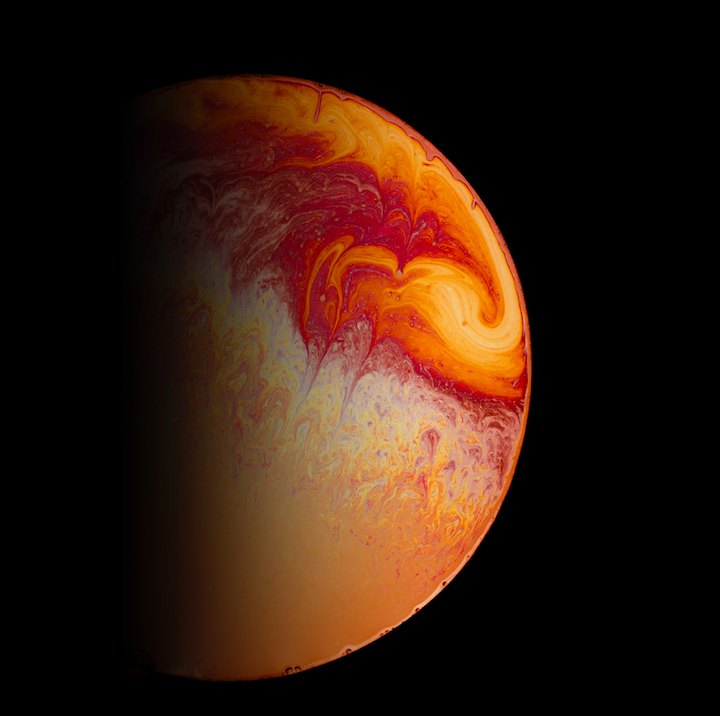A magnitude 5 'marsquake' was recorded by NASA's InSight Mars lander on May 4. This is the strongest quake ever detected on another planet, which easily surpassed the previous magnitude record of 4.2 detected also by InSight in August last year.

Mars' Magnitude 5 Rumble Considered as a 'Monster Quake'
NASA described the magnitude 5 quake, as a "monster quake." Further study is needed to help scientists determine the precise location of the quake and the nature of its source.
Scientists hope that the quake could also offer more information about Mars' interior.
On May 10, NASA InSight reported the powerful marsquake through their Twitter account.
Felt that one‼️
— NASA InSight (@NASAInSight) May 9, 2022
After more than three years of listening to the soft rumbles of Mars, I just felt by far my biggest “marsquake” yet: looks like about magnitude 5. My team is studying the data to learn more. Science rewards patience!
More details: https://t.co/DKVy8tUrxU pic.twitter.com/bExr13Lkvw
Marsquakes are caused by volcanic activities as the planet doesn't have the tectonic plates that Earth has, whose sudden movements can cause quakes.
Scientists found Mar's seismic activity interesting because the data that they can collect can contribute to a better discernment of the red planet's mantle and core.
InSight has detected more than 1,313 quakes in more than three years of monitoring Mars. Its highly sensitive seismometer operates beneath a dome that serves to block out the sound of the wind and protect it from the cold nights, as per Digital Trends report.
Digital Trends cited that according to Bruce Banerdt, InSight's principal investigator at NASA's Jet Propulsion Laboratory: "Since we set our seismometer down in December 2018, we've been waiting for 'the big one.'
Read Also: NASA News: See The Perfect Space Suit Design For Future Mars People
He added that the monster quake will provide a view into the planet like no other. To learn new things about Mars, scientists will be analyzing this data.
According to NASA, InSight is also currently experiencing issues with martian dust that's covering its solar panels. This leads to reduced efficiency. Using its robotic arm, InSight can attempt to remove dust.
Dust is also causing issues for NASA's Ingenuity helicopter, which last year became the first aircraft to perform a powered, controlled flight on another planet.
More About NASA InSight's Mission
The Jet Propulsion Laboratory (JPL) manages InSight for NASA's Science Mission Directorate.
As part of NASA's Discovery Program, Insight is managed by the agency's Marshall Space Flight Center in Huntsville, Alabama.
The InSight spacecraft was built by Lockheed Martin Space in Denver, including its cruise stage and lander, and supports spacecraft operations for the mission.
A number of European partners are supporting the InSight mission, including CNES and the German Aerospace Center (DLR).
With the principal investigator at IPGP (Institut de Physique du Globe de Paris), CNES provided the Seismic Experiment for Interior Structure (SEIS) instrument to NASA.
Significant contributions to SEIS came from IPGP; the Max Planck Institute for Solar System Research (MPS) in Germany; the Swiss Federal Institute of Technology (ETH Zurich) in Switzerland; Imperial College London and Oxford University in the United Kingdom; and JPL.
DLR provided the Heat Flow and Physical Properties Package (HP3) instrument, with significant contributions from the Space Research Center (CBK) of the Polish Academy of Sciences and Astronika in Poland. Spain's Centro de Astrobiología (CAB) supplied the temperature and wind sensors.
Related Article: NASA InSight Offers First Glimpse of Mars; Molten Core: Seismometer Reveals More Mind Blowing Details of Red Planet's Interior














